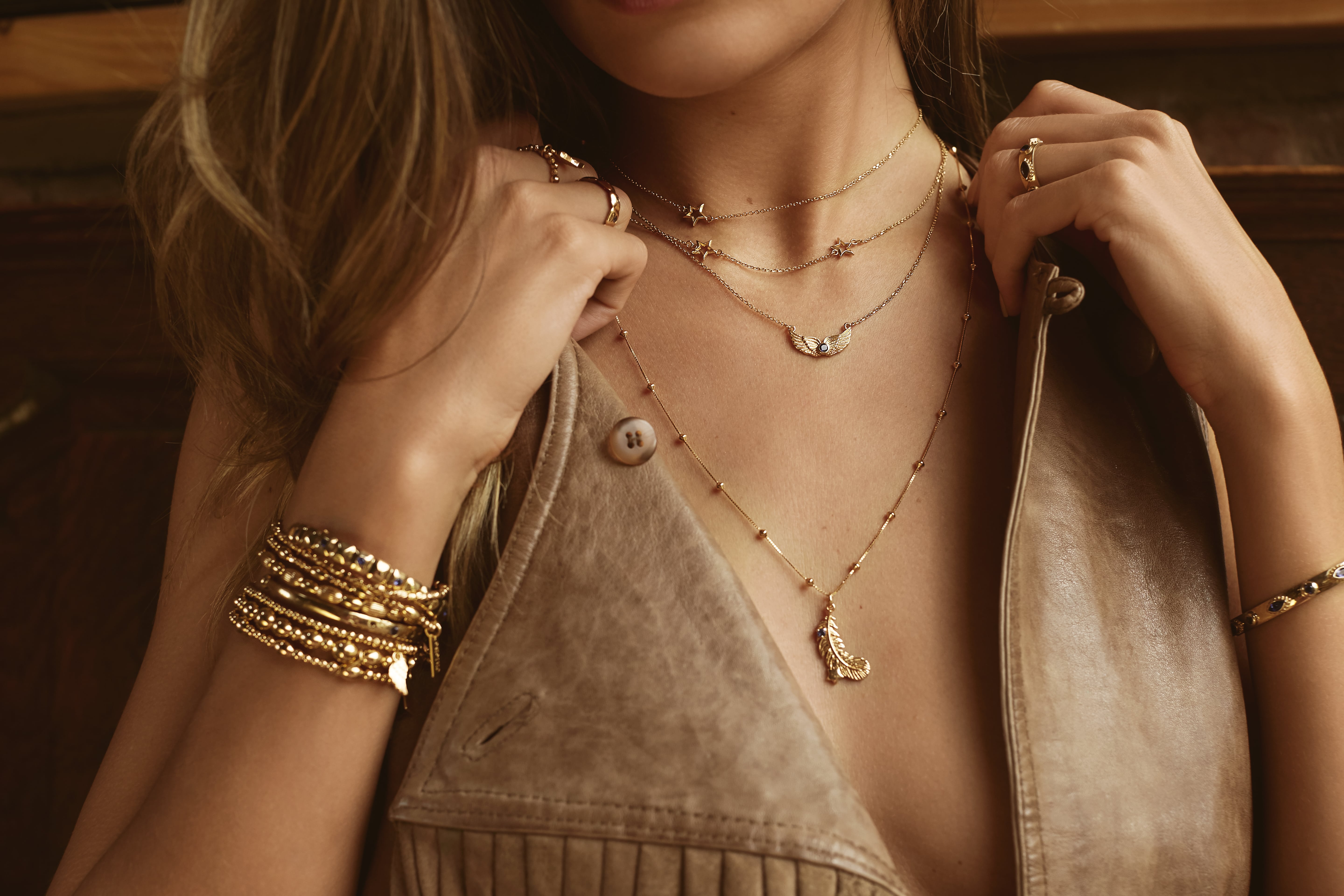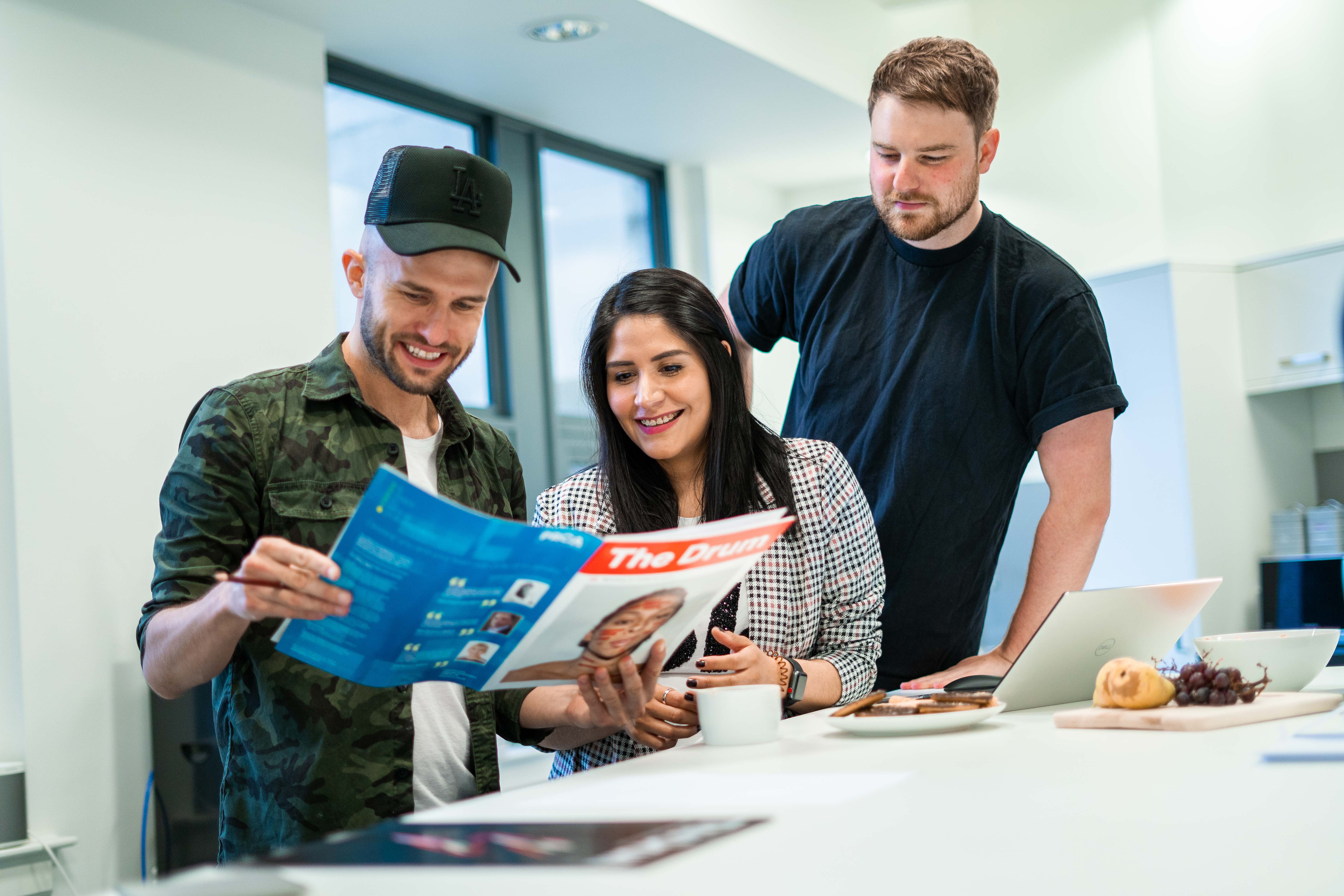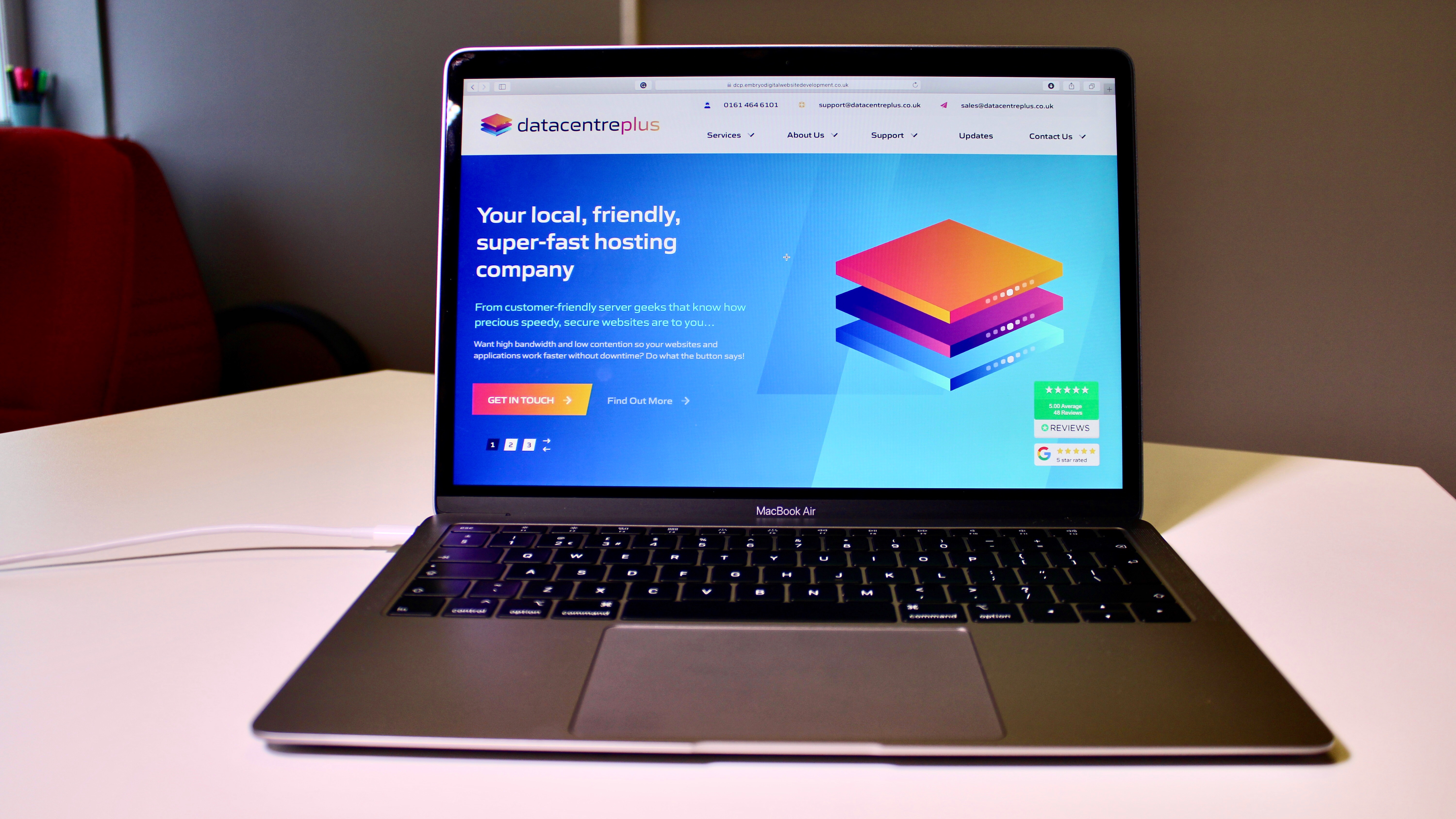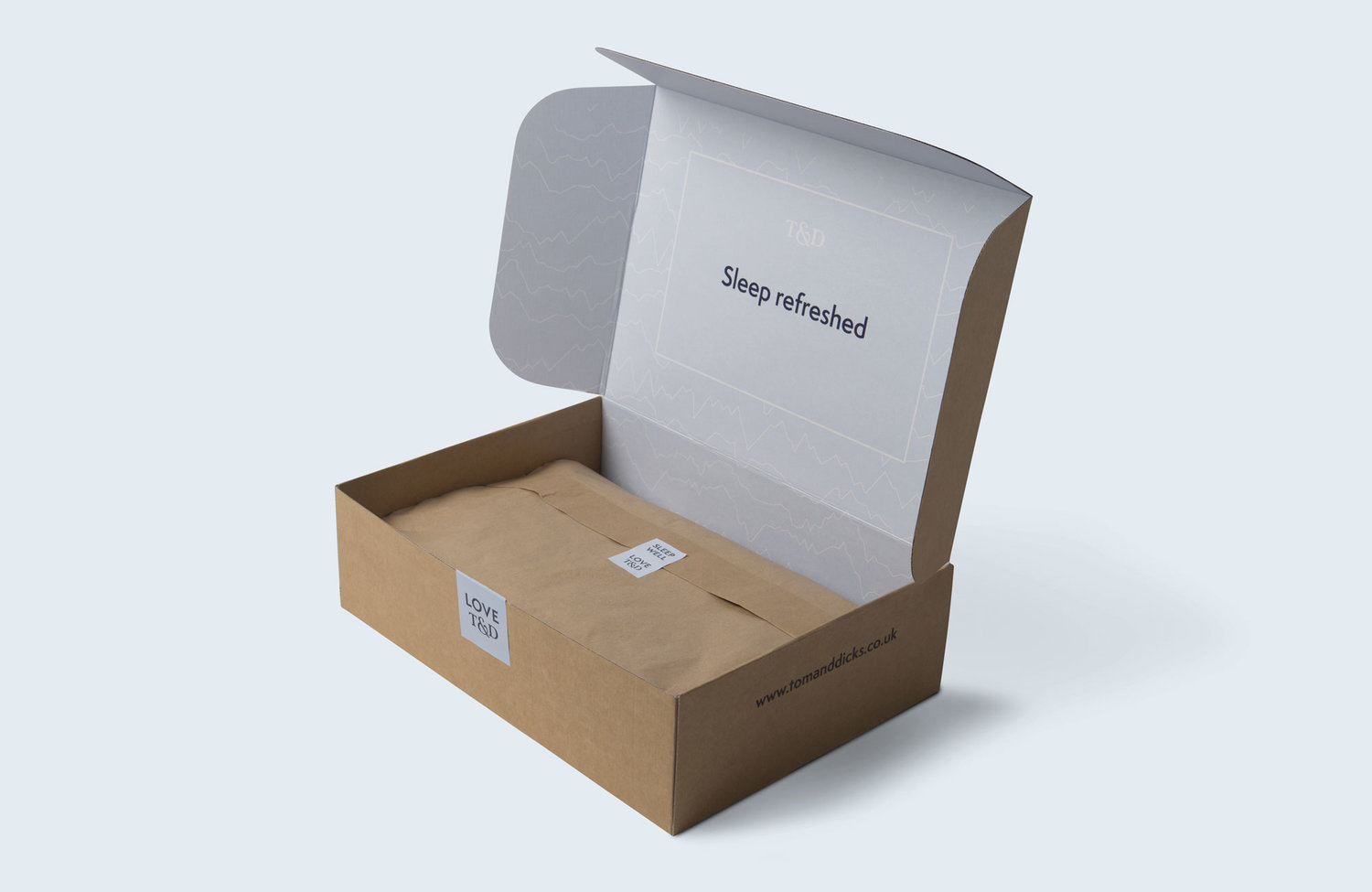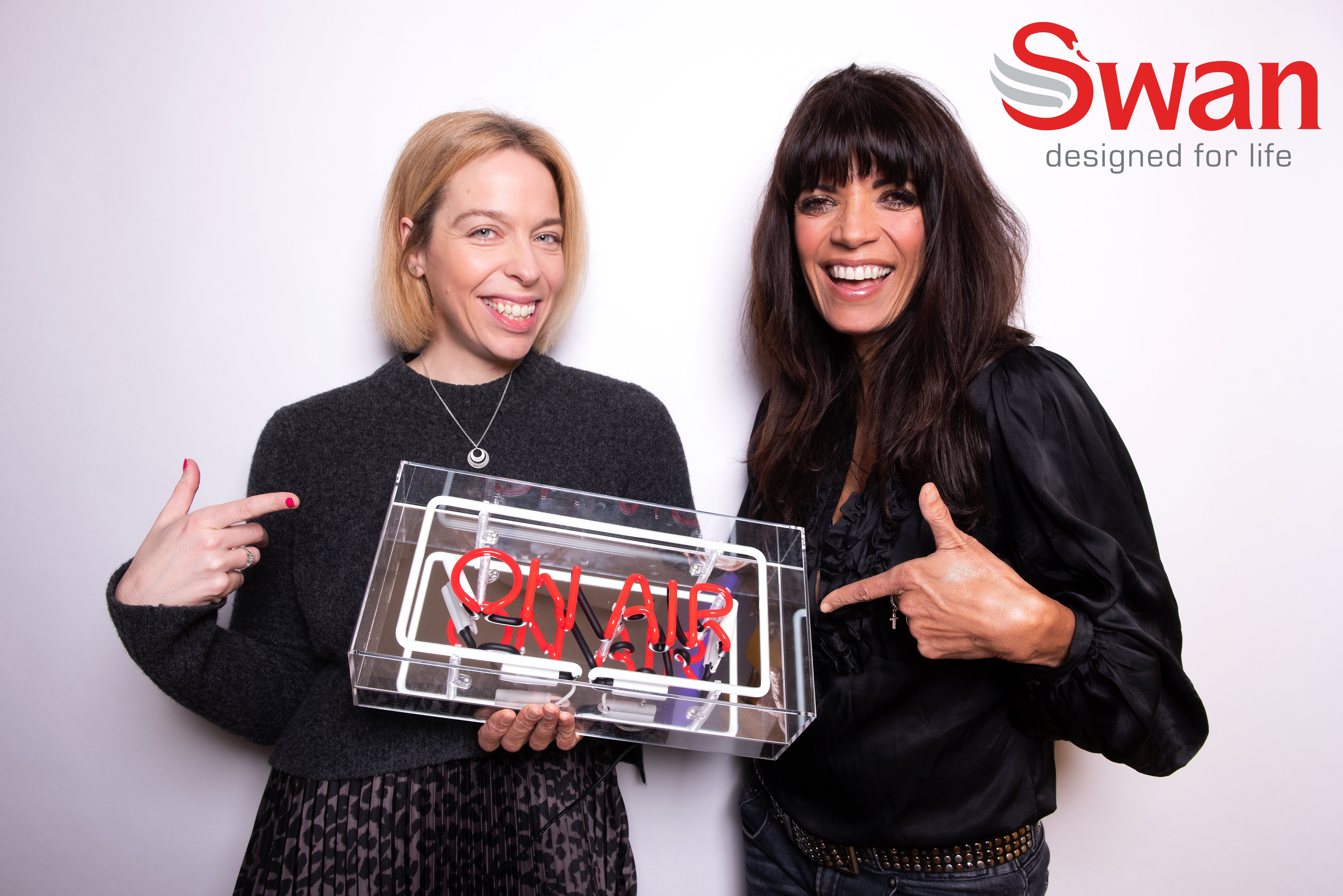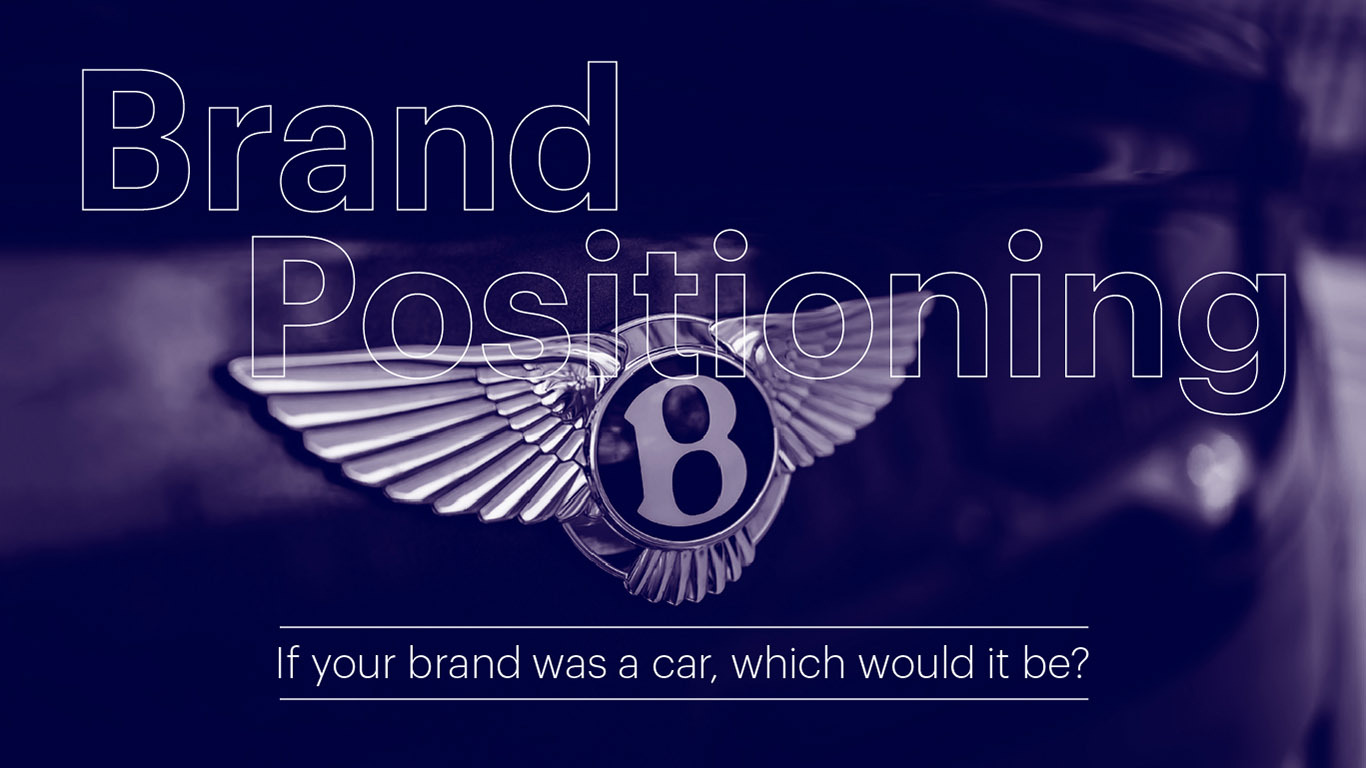
We’re about to go over what brand positioning is, and why it’s important. We find that people relate better to stories than a load of information, so we’re painting a picture using different brands of cars. Let’s set the scene.
When you walk into a Bentley car showroom, you’re asked “who are you here to see?”. It feels exclusive. Personal. You’re shown over to a bar area, where someone is waiting to make you a cappuccino, or a coffee of your choosing. If you like, you can opt for a cake. Served on a porcelain plate with a fork.
The background music is faint. The salespeople are dressed in smart suits. Crisp and clean, just like the cars. On the walls you can see a history of the Bentley brand. You can sense the pride. When you approach a car, chaperoned by your own personal sales assistant, you may spot a small information card, and the price could be on there somewhere. It’s hard to tell.
In comparison, when you walk into a Vauxhall showroom, there are more people milling around. This means there has to be barriers. ‘Please wait here’ signs. You look around and see a lot more cars to choose from. Options. Finance offers on the walls. You look outside and there are coloured balloons promoting a certain deal on one model. You came to shop around.
You’re greeted by someone who asks how they can help you. They’re friendly, in a kind of familiar way. It feels slightly more rushed, as there are plenty of people for them to see. They’re competing on price, so the numbers are sprawled across the windscreens. You may walk away with a great deal and a great car, but the experience is different.
Why?
Because these two brands are positioned differently.
Why is brand positioning important?
Brand positioning is important because it determines how you price your product or service. Who your target audience is. The level of customer service needed to sell to them. The level of personalisation needed throughout your comms. Whether you sell online only, in-person, or both.
In a nutshell, it determines your target market.
Your brand positioning is part of your overall brand strategy, which dictates all the tangible and visual elements of your brand. This includes the typefaces you use, the size of the type, the colour palette, the tones of individual colours, and the amount of white space required to portray either a premium or affordable feel. Not to mention all the intangible elements, such as the smell or sound or lighting – ever been in a luxury department store such as Selfridges or Harrods? Smells differently to Aldi, doesn’t it?
How do I know where our brand is positioned?
In the workshops we carry out before a brand is delivered, we get all the stakeholders together and hand them a deck of postcards, each with a car brand logo on it. We ask them to think about the kind of brand they want to be in comparison to the car brands in front of them. The perception they want people to have of the brand. The way they want their customers to feel. Everyone chooses three cards each.
We go around the table and people show their cards. They explain why they chose them, and how they relate back to their own brand. From this, we can get a feeling of where the brand is positioned in the market.
What happens next?
Once we know where your brand sits in the market amongst your competitors, we develop your brand core (our way of saying brand strategy). Following on from the brand workshop, we extract your brand values, brand personality, your mission, vision and purpose which, in turn, inform your visual brand identity. This all begins with brand positioning.
Need some help?
We’ve been doing this for a while now. If you’re in need of a brand that has meaning behind it and would like to have a chat about how we could help, get in touch.
Call 0161 711 0910 or email wakeup@dawncreative.co.uk – we’d love to chat to you.

